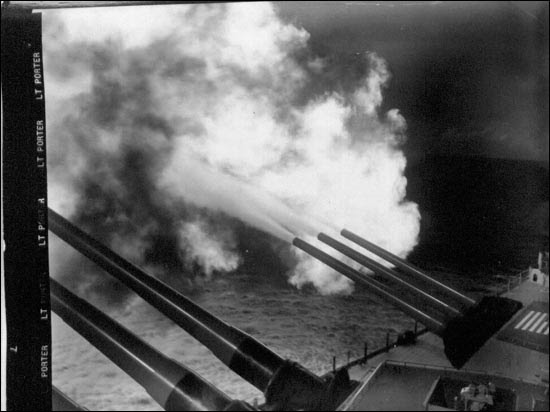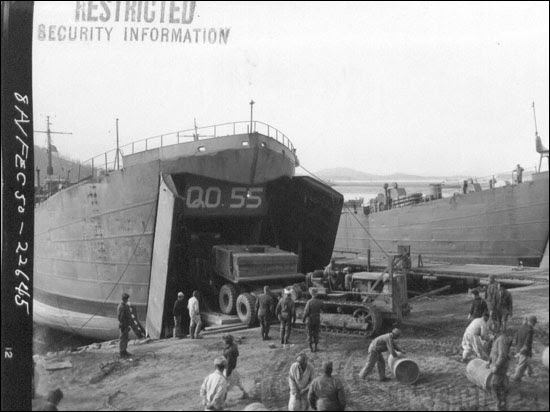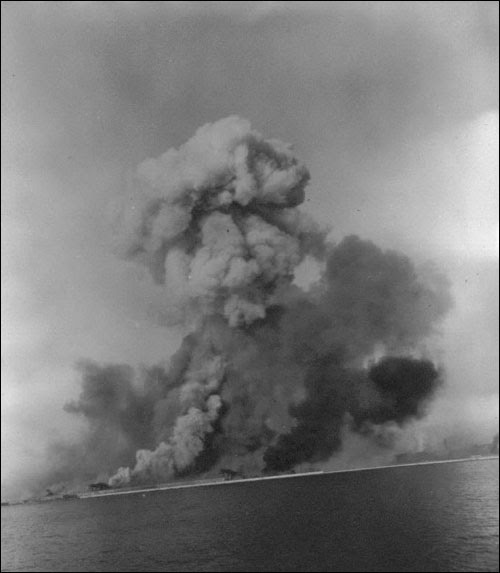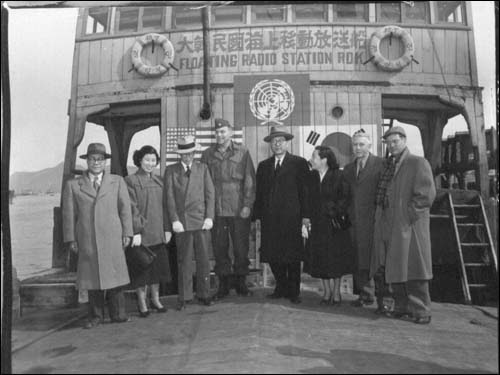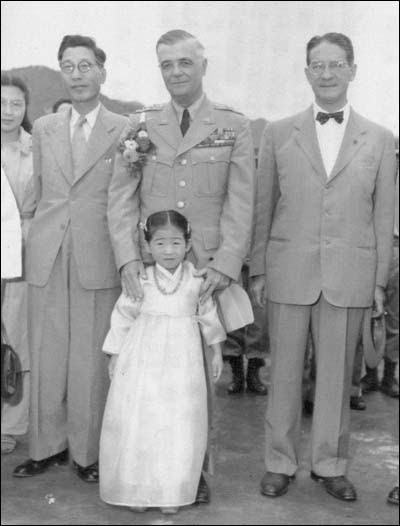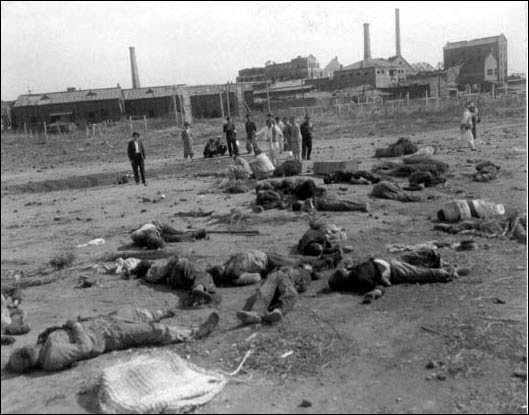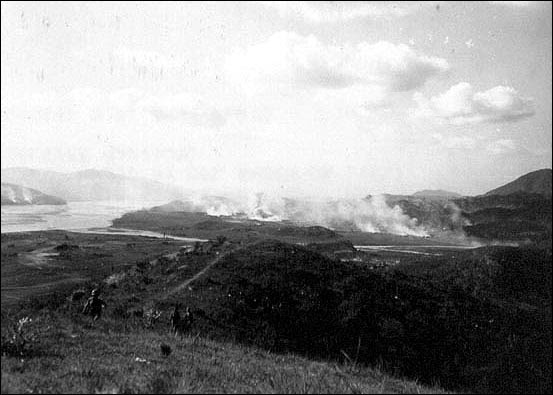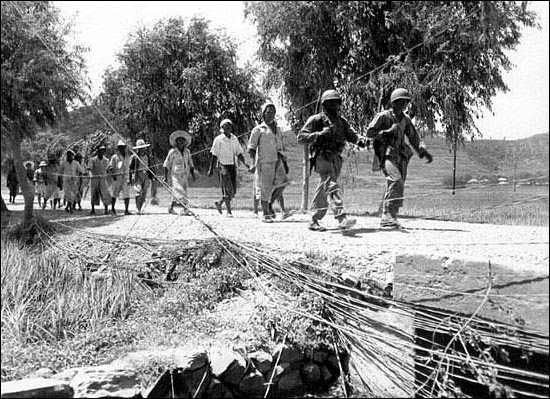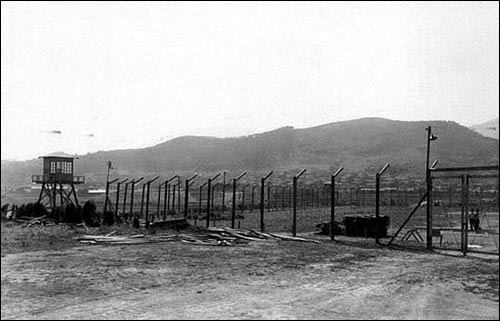Robotic probes launched by NASA, the European Space Agency (ESA), and others are gathering information all across the solar system. We currently have spacecraft in orbit around the Sun, Venus, Earth, Mars, a comet, and Saturn, and two operational rovers on Mars. Several others are on their way to smaller bodies, and a few are heading out of the solar system entirely. Although the Space Shuttle no longer flies, astronauts are still at work aboard the International Space Station, performing experiments and sending back amazing photos. With all these eyes in the sky, I'd like to take another opportunity to put together a recent photo album of our solar system—a set of family portraits, of sorts—as seen by our astronauts and mechanical emissaries. This time, we have a sunset on Mars, close-up images of Comet 67P/Churyumov-Gerasimenko, more images of the dwarf planets Ceres, wonderful images of Saturn and its moons, the closest image of Pluto and its moon Charon yet taken, and, of course, lovely images of our home, planet Earth.
- A sunset on Mars. NASA's Curiosity Mars rover recorded this view of the sun setting at the close of the mission's 956th Martian day, or sol (Earth date, April 15, 2015), from the rover's location in Gale Crater. Dust in the Martian atmosphere has fine particles that permit blue light to penetrate the atmosphere more efficiently than longer-wavelength colors. That causes the blue colors in the mixed light coming from the sun to stay closer to sun's part of the sky, compared to the wider scattering of yellow and red colors.JPL-Caltech / MSSS / Texas A&M Univ. / NASA
- The sun emits a mid-level solar flare, an M7.9-class, peaking at 4:16 EDT / 08:16 GMT, in this image captured by NASA’s Solar Dynamics Observatory on June 25, 2015.Reuters / NASA
- The Soyuz TMA-16M spacecraft launches to the International Space Station with Expedition 43 NASA Astronaut Scott Kelly, Russian Cosmonauts Mikhail Kornienko, and Gennady Padalka of the Russian Federal Space Agency (Roscosmos) aboard on March 28, 2015, Kazakh time, from the Baikonur Cosmodrome in Kazakhstan.Bill Ingalls / NASA via Getty
- A waning sun, splayed its light across the Earth lights this serene scene. US astronauts aboard the International Space Station snapped this Earth Observation on March 2, 2015.NASA
- The SpaceX Dragon cargo spacecraft approaches the International Space Station Apr. 17th, 2015 after launching three days earlier from Cape Canaveral Air Station, Florida. It carries some 2 tons of science experiments, equipment, and supplies for the Expedition 43 team onboard the station.NASA
- Along the south coast of South Korea, seaweed is often grown in grids, hung from ropes held near the surface with buoys. This technique ensures that the seaweed stays close enough to the surface to get enough light during high tide but doesn’t scrape against the bottom during low tide. The Operational Land Imager (OLI) on Landsat 8 acquired this image of seaweed cultivation in the shallow waters around Sisan Island on January 31, 2014.NASA Earth Observatory
- On May 20, 2015, the Moderate Resolution Imaging Spectroradiometer (MODIS) on NASA’s Terra satellite captured this view of several cloud vortices swirling downwind of the Canary Islands and Madeira.Jeff Schmaltz, LANCE / EOSDIS Rapid Response / NASA
- Southern Scandinavia just before midnight on April 3, 2015. Prominent features include a green aurora to the north, the blackness of the Baltic Sea (lower right), and clouds (top right) and snow (in Norway) illuminated by the full Moon.NASA
- This single frame Rosetta navigation camera image of the comet’s surface was taken from a distance of 15.3 km from Comet 67P/Churyumov-Gerasimenko, on February 14, 2015.CC BY-SA ESA / Rosetta / NavCam
- On Mars, a view from NASA's Mars Reconnaissance Orbiter on April 8, 2015, catches sight of NASA's Curiosity Rover passing through a valley called "Artist's Drive" on the lower slope of Mount Sharp. The image is from the orbiter's High Resolution Imaging Science Experiment (HiRISE) camera. It shows the rover's position after a drive of about 75 feet (23 meters) during the 949th Martian day, or sol, of the rover's work on Mars. The view in this image covers an area about 550 yards (500 meters) across.JPL-Caltech / Univ. of Arizona / NASA
- A self-portrait of NASA's Curiosity Rover shows the vehicle at the "Mojave" site on Mars, where its drill collected the mission's second taste of Mount Sharp. The scene combines dozens of images taken during January 2015 by the Mars Hand Lens Imager (MAHLI) camera at the end of the rover's robotic arm. The pale "Pahrump Hills" outcrop surrounds the rover, and the upper portion of Mount Sharp is visible on the horizon.JPL-Caltech / MSSS / NASA
- After a decade on Mars, the Opportunity Rover continues its work. Here, an elongated crater called "Spirit of St. Louis," with a rock spire in it, dominates this false color scene from the panoramic camera (Pancam) on NASA's Mars Exploration Rover Opportunity. Opportunity completed its 4,000 Martian day, or sol, of work on Mars on April 26, 2015. The rover has been exploring Mars since early 2004. This scene from late March 2015 shows a shallow crater called Spirit of St. Louis, about 110 feet (34 meters) long and about 80 feet (24 meters) wide, with a floor slightly darker than surrounding terrain. The rocky feature toward the far end of the crater is about 7 to 10 feet (2 to 3 meters) tall, rising higher than the crater's rim.JPL-Caltech / Cornell Univ. / Arizona State Univ. / NASA
- This image of the dwarf planet Ceres is part of a sequence taken by NASA's Dawn spacecraft on May 5 and 6, 2015, from a distance of 8,400 miles (13,600 kilometers).JPL-Caltech / UCLA / MPS / DLR / IDA / NASA
- The brightest spots on dwarf planet Ceres are seen in this image taken by NASA's Dawn spacecraft on June 6, 2015. This is among the first snapshots from Dawn's second mapping orbit, which is 2,700 miles (4,400 kilometers) in altitude. The resolution is 1,400 feet (410 meters) per pixel. Scientists are still puzzled by the nature of these spots, and are considering explanations that include salt and ice.JPL-Caltech / UCLA / MPS / DLR / IDA / NASA
- In this image, we're seeing Saturn's A ring in the lower part of the image and the limb of Saturn in the upper. In addition, the rings cast their shadows onto the portion of the planet imaged here, creating alternating patterns of light and dark. This pattern is visible even through the A ring, which, unlike the core of the nearby B ring, is not completely opaque. The ring shadows on Saturn often appear to cross the surface at confusing angles in close-ups like this one. The image was taken in visible light with the Cassini spacecraft narrow-angle camera on December 5, 2014.JPL-Caltech / Space Science Institute / NASA
- Saturn's moon Hyperion, seen during a close flyby with NASA’s Cassini orbiter on May 31, 2015. This flyby marks the mission's final close approach to Saturn's largest irregularly shaped moon. North on Hyperion is up and rotated 37 degrees to the right. The view was acquired at a distance of approximately 37,000 miles (60,000 kilometers) from Hyperion.JPL-Caltech / Space Science Institute / NASA
- An animation made from 36 images taken of Saturn’s moon Enceladus on May 10, 2015 by NASA’s Cassini orbiter. The icy moon turns in the image as Cassini flies past, showing the 3-dimensional structure of the constantly streaming ice plumes erupting from the surface. Most of the white spots appearing in the background are camera noise or streaks made by collisions with cosmic rays..NASA/JPL-Caltech/Space Science Institute
- NASA's Cassini imaging scientists processed this view of Saturn's moon Dione, taken during a close flyby on June 16, 2015. This was Cassini's fourth targeted flyby of Dione and the spacecraft had a close approach altitude of 321 miles (516 kilometers) from Dione's surface. The bright rings of Saturn can be seen at left, in the background of the image.JPL-Caltech / Space Science Institute / NASA






